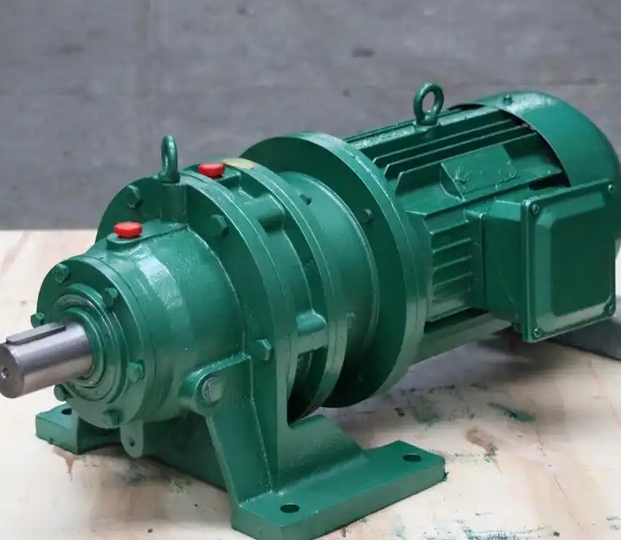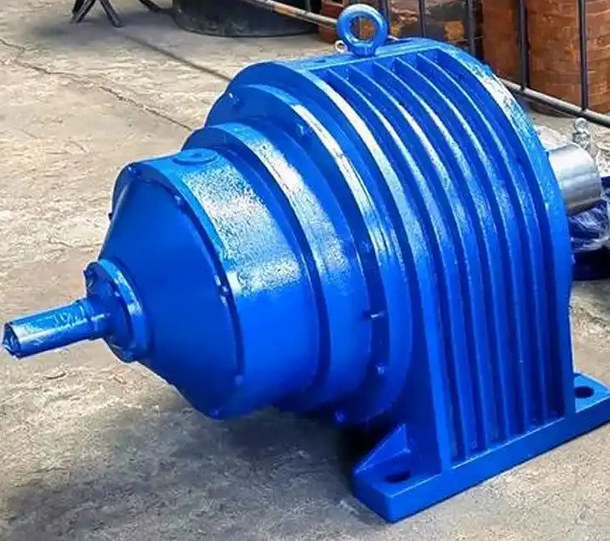What are the reasons for poor lubrication during load debugging of BWY11-11-1.1KW cycloidal pinwheel reducer
The main reasons for poor lubrication during load debugging of BWY11-11-1.1KW cycloidal pinwheel reducer are as follows:Lubricating oil related issues
Improper selection: Failure to select appropriate lubricating oil based on the working load, friction form, and operating environment of the reducer. For example, if a low-speed heavy-duty gear does not use lubricating oil with good wear resistance, or if the viscosity of the lubricating oil is inappropriate, too low viscosity cannot form a good oil film, and too high viscosity results in poor fluidity, all of which may lead to poor lubrication.

Unreasonable oil level: Insufficient lubricating oil can result in insufficient lubrication of the bearings, gears, and other components of the gearbox, leading to dry friction; Excessive oil volume can increase the running resistance of rotating components such as gears and bearings, and the lubricating oil will increase in temperature due to stirring, resulting in a decrease in viscosity and thinning of the oil film, which will disrupt the normal lubrication state.
Oil quality issues: Poor performance of lubricating oil, or oxidation and deterioration due to long-term use, exposure to air, high temperature, etc., resulting in the production of substances such as gum and organic acids, leading to a decrease in performance. In addition, impurities such as particulate matter and water mixed in the oil can block the lubrication system, damage the lubricating film, affect the viscosity of the oil, and prevent the friction parts from forming a stable oil film.
Lubrication method and structural design
Inappropriate lubrication method: If splash lubrication or other lubrication methods that are not suitable for the speed and load of the gearbox are used, it may not effectively bring the lubricating oil to the parts that need lubrication, resulting in poor lubrication.
Structural design defects: There may be irregularities in the internal structural design of the reducer, such as the inspection hole cover plate being thin and easily deformed, resulting in gaps and oil leakage, the casting being deformed without annealing treatment, resulting in gap oil leakage, and the lack of a designed oil return groove in the box body, causing excessive lubricating oil to accumulate at the joint surface between the end cover and the structure, resulting in leakage through the joint gap and affecting the lubrication effect.
Equipment installation and maintenance
Installation problem: During the installation process, if the bearings and other components are not installed properly, such as excessive or insufficient clearance, it may affect the distribution of lubricating oil and the formation of oil film; Or damage to the seals or oil seals during installation, resulting in oil leakage and insufficient lubricating oil, leading to poor lubrication.
Improper maintenance: In daily maintenance, if the lubricating oil is not cleaned properly during replacement, impurities and metal shavings may enter the interior of the gearbox, contaminating the lubricating oil, exacerbating component wear, and affecting lubrication; Failure to regularly inspect and maintain the lubrication system may result in failure to promptly identify and resolve issues within the lubrication system, and may also lead to poor lubrication.


